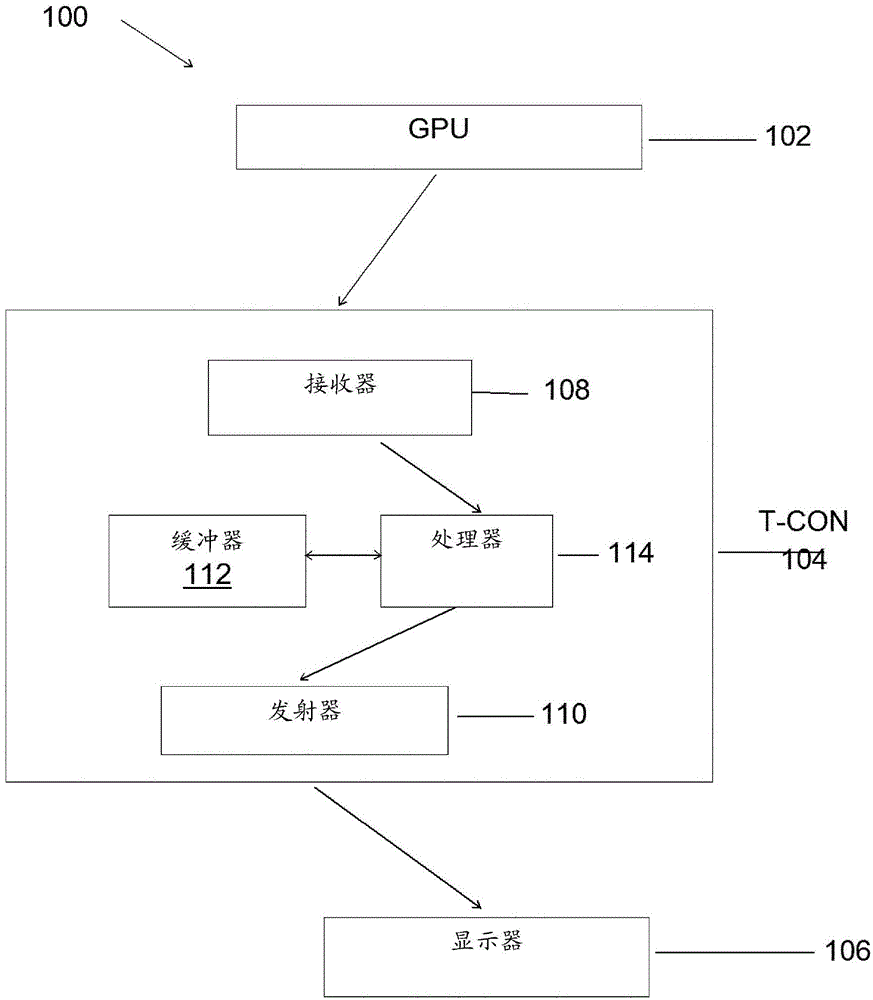Compensation methods for display brightness change associated with reduced refresh rate
A technology of brightness change and refresh rate, applied in static indicators, instruments, etc., to solve problems such as dimness and reduced brightness of the display
- Summary
- Abstract
- Description
- Claims
- Application Information
AI Technical Summary
Problems solved by technology
Method used
Image
Examples
Embodiment Construction
[0011] The present disclosure can be understood by referring to the following detailed description in conjunction with the accompanying drawings described below. It should be noted that for clarity of illustration, some elements in the various figures may not have been drawn to scale.
[0012] The present disclosure provides apparatus and methods for compensating for possible brightness variations that may occur when the refresh rate of a display is reduced, especially during the refresh phase of display operation. The refresh rate may eg be reduced during such a self-refresh phase and increased during another sequence or operation of the display panel. Therefore, the panel can have a variable refresh rate.
[0013] If the predicted or actual uncompensated luminance change of the display is relatively large when the refresh rate is reduced, compensation may be performed on a pixel or sub-pixel basis. For a particular display panel, the brightness at each pixel level can be m...
PUM
 Login to View More
Login to View More Abstract
Description
Claims
Application Information
 Login to View More
Login to View More - R&D Engineer
- R&D Manager
- IP Professional
- Industry Leading Data Capabilities
- Powerful AI technology
- Patent DNA Extraction
Browse by: Latest US Patents, China's latest patents, Technical Efficacy Thesaurus, Application Domain, Technology Topic, Popular Technical Reports.
© 2024 PatSnap. All rights reserved.Legal|Privacy policy|Modern Slavery Act Transparency Statement|Sitemap|About US| Contact US: help@patsnap.com










